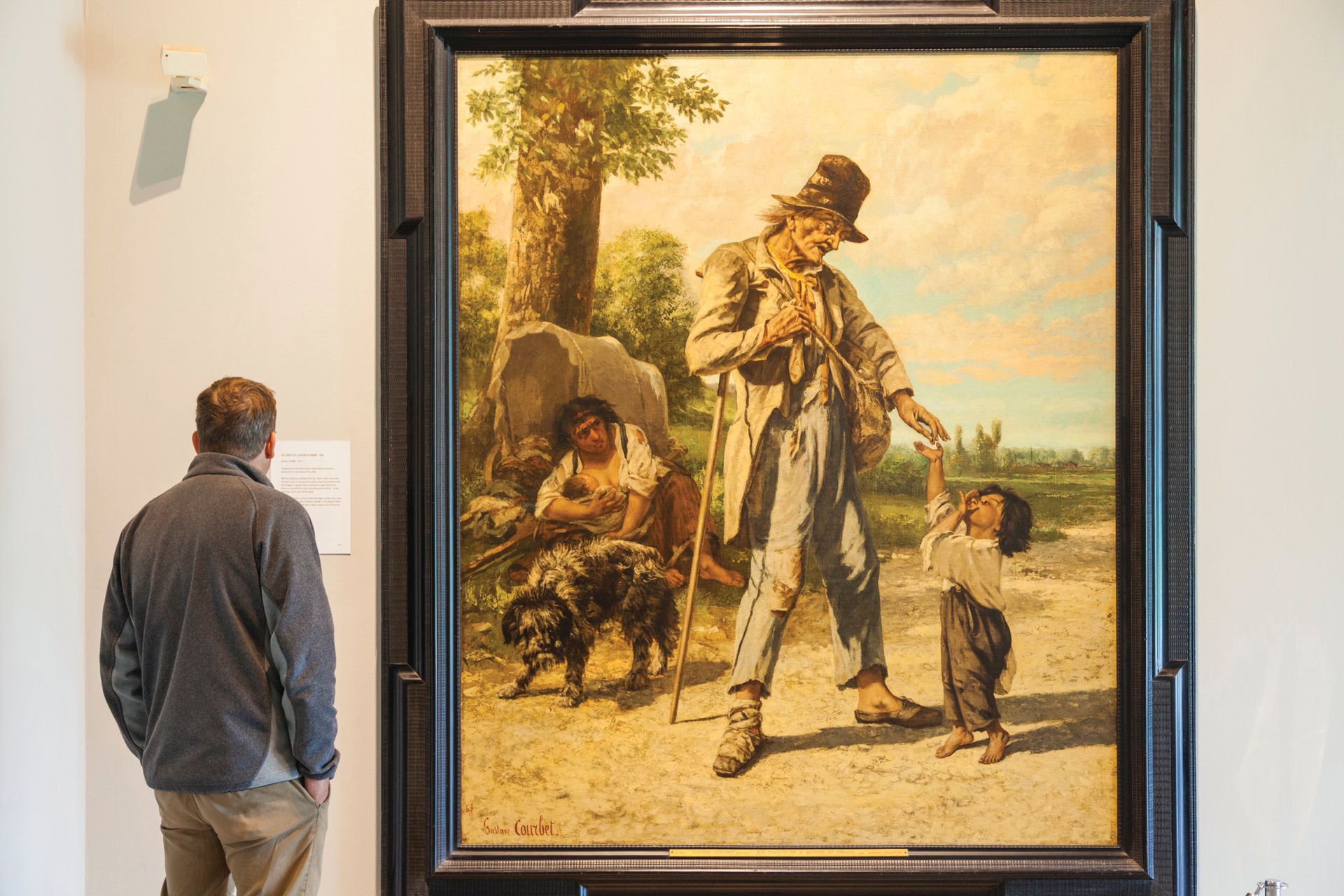The directors of the UK’s national museums breathed a collective sigh of relief when the government released its Comprehensive Spending Review, the projected budget for the next four years, on 25 November. But regional museums are expected to face damaging cuts.
The Chancellor of the Exchequer George Osborne has had a change of heart after making swingeing cuts to museum funding—around a third—in his previous review. The culture department, which has a budget of £1.5bn in the current financial year, will receive just a 5% cut in cash terms (before inflation) by 2019/20. (Much of this burden will fall on its own administration, which will face a 20% reduction.)
Presenting the plan, Osborne noted that the UK is “brilliant at culture”. Since £1bn of government arts funding helps to generate £250bn annually, “deep cuts in the small budget of the Department for Culture, Media and Sport [DCMS] are a false economy,” he said.
National museums will not face any cuts, although their funding will fall by around 6% with inflation. They will also be required to maintain free admission. Regional museums will not be as fortunate. Diane Lees, the chairwoman of the National Museum Directors’ Council, described it as a “fantastic outcome”.
The central government plans to reduce funding to local authorities, which will have a ripple effect on many regional museums.
In a taste of what is likely to come, two days after the chancellor’s announcement, Lancashire County Council launched a consultation to close five museums in April. Jennifer Mein, the leader of the council, called the decision “heartbreaking” but says the cuts will save the county just over £1m a year.
The Comprehensive Spending Review also included the surprise announcement that the government is considering a new corporation tax relief scheme to “encourage museums and galleries to develop creative new exhibitions and display their collection for a wide audience”. Spokespeople for the treasury and the culture department declined to elaborate on the proposal.
The review did not include any grants for Olympicopolis, the £850m cultural project on the Olympic site in east London due to open in 2022. But it did reveal plans to close Blythe House, in west London, which stores two million objects for the British Museum, the Victoria and Albert Museum and the Science Museum. The building will be sold and £150m will be given to the institutions to help them build new storage facilities.
The V&A hopes to set up a new facility in Stratford, east London, near the Olympicopolis site. The British Museum is likely to consider building a new underground store on the north-east part of its Bloomsbury site.
What you need to know: Other key initiatives in the spending review

• Glasgow’s Burrell Collection will get £5m towards its £66m refurbishment. The Burrell is due to close in October 2016 and reopen in 2019.
• The Manchester Museum, part of the University of Manchester, will get a £5m grant to help fund a new gallery for South Asian history and culture. Due to open in 2020, it is the centrepiece of an £11.5m expansion.
• A proposed Great Exhibition of the North, focusing on art, design and culture, is to receive £5m and an additional £15m for a legacy fund. Gary Verity, the chief executive of the Welcome to Yorkshire tourism body, will head the project. No date or location has been announced.
• Hull, the UK city of culture in 2017, received £1m towards a legacy fund. The money will also help prepare for the next year of culture, to be awarded to another city, in 2021.
• Arts Council England is to get an increase of £10m a year, although with inflation this represents a 5% reduction. The council expects to maintain its support for museums at the present level.

